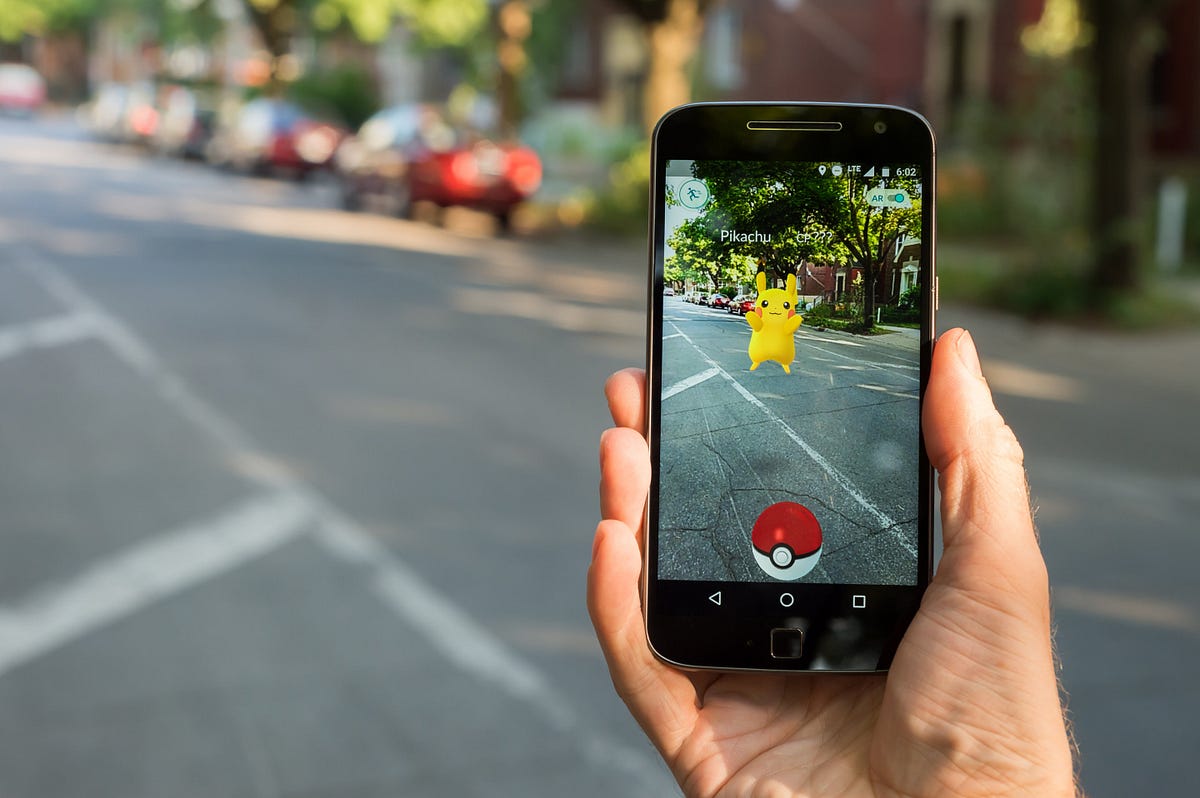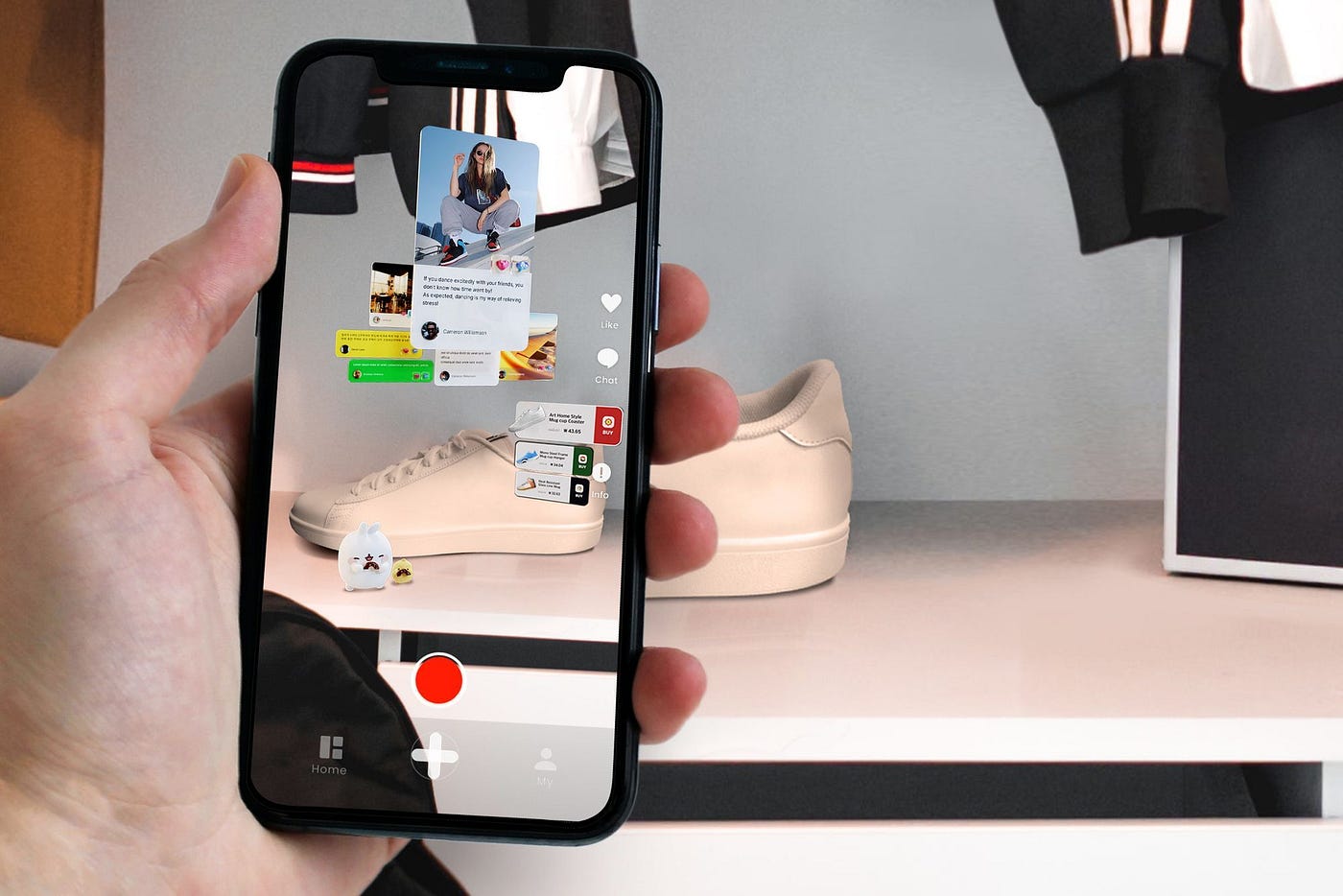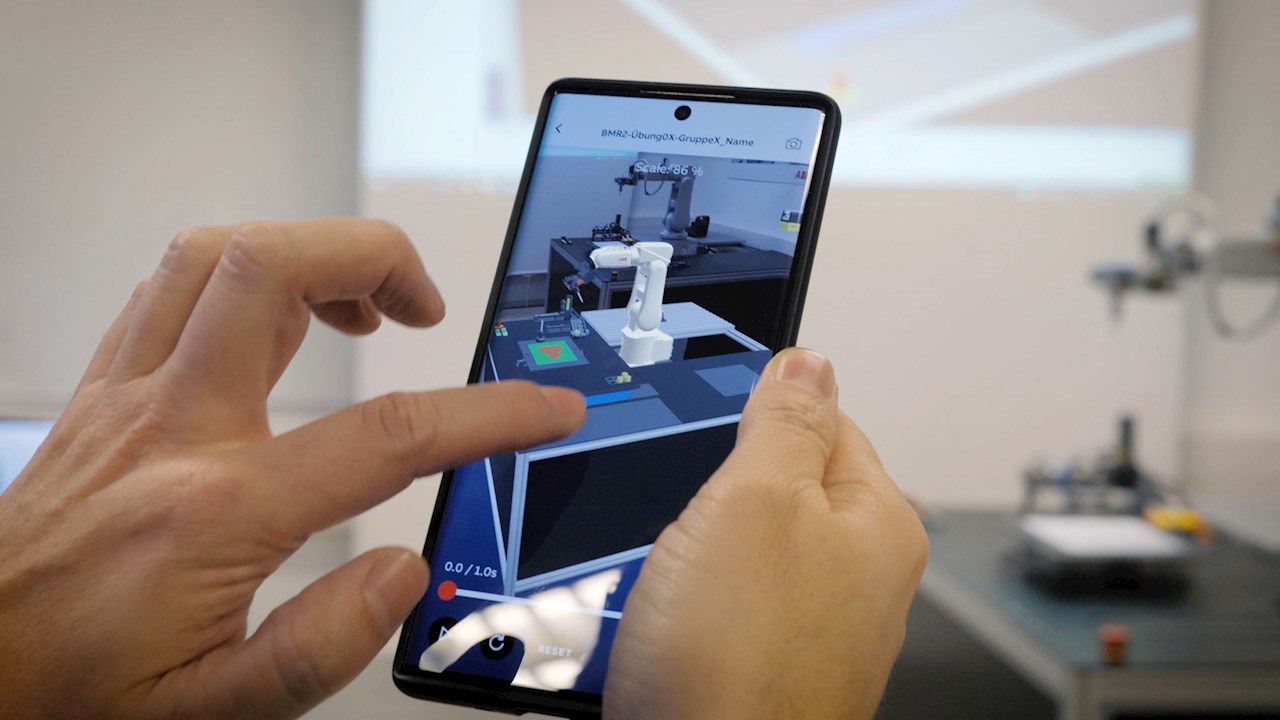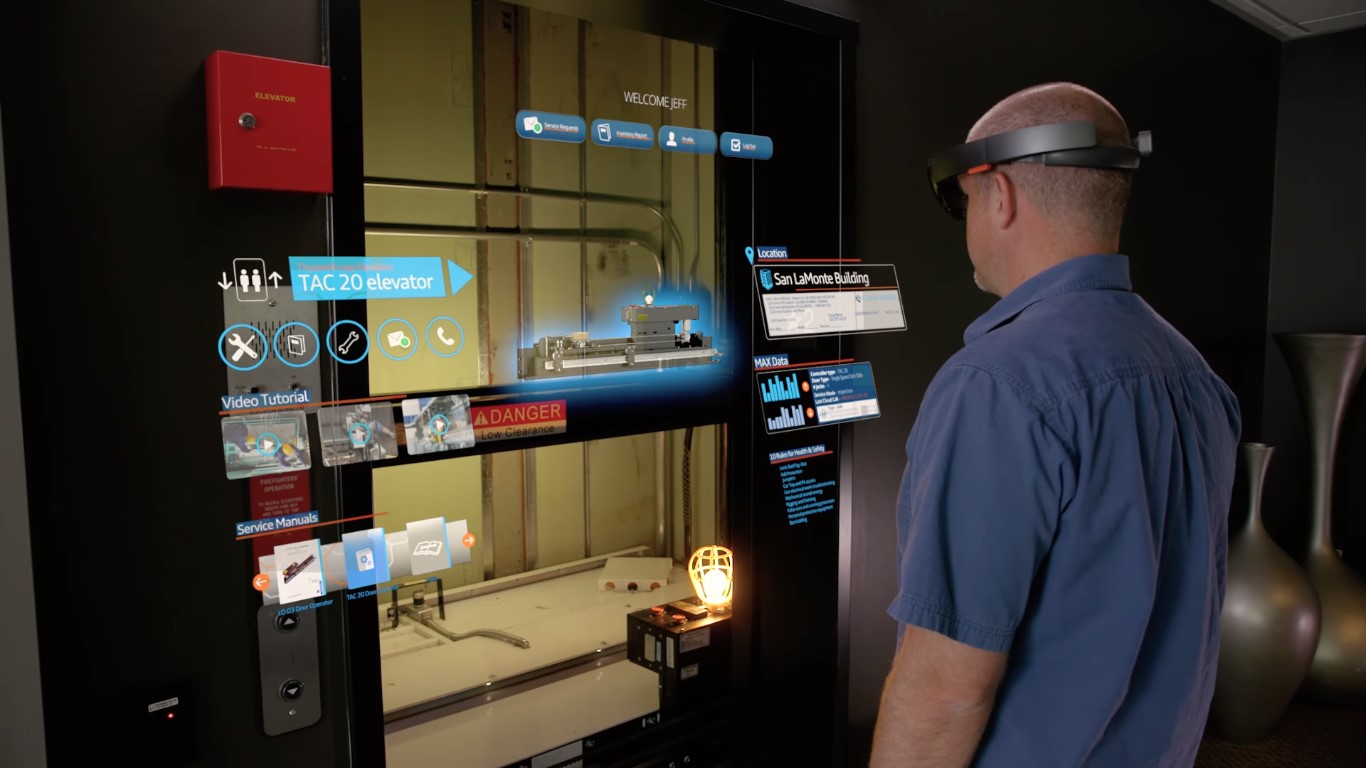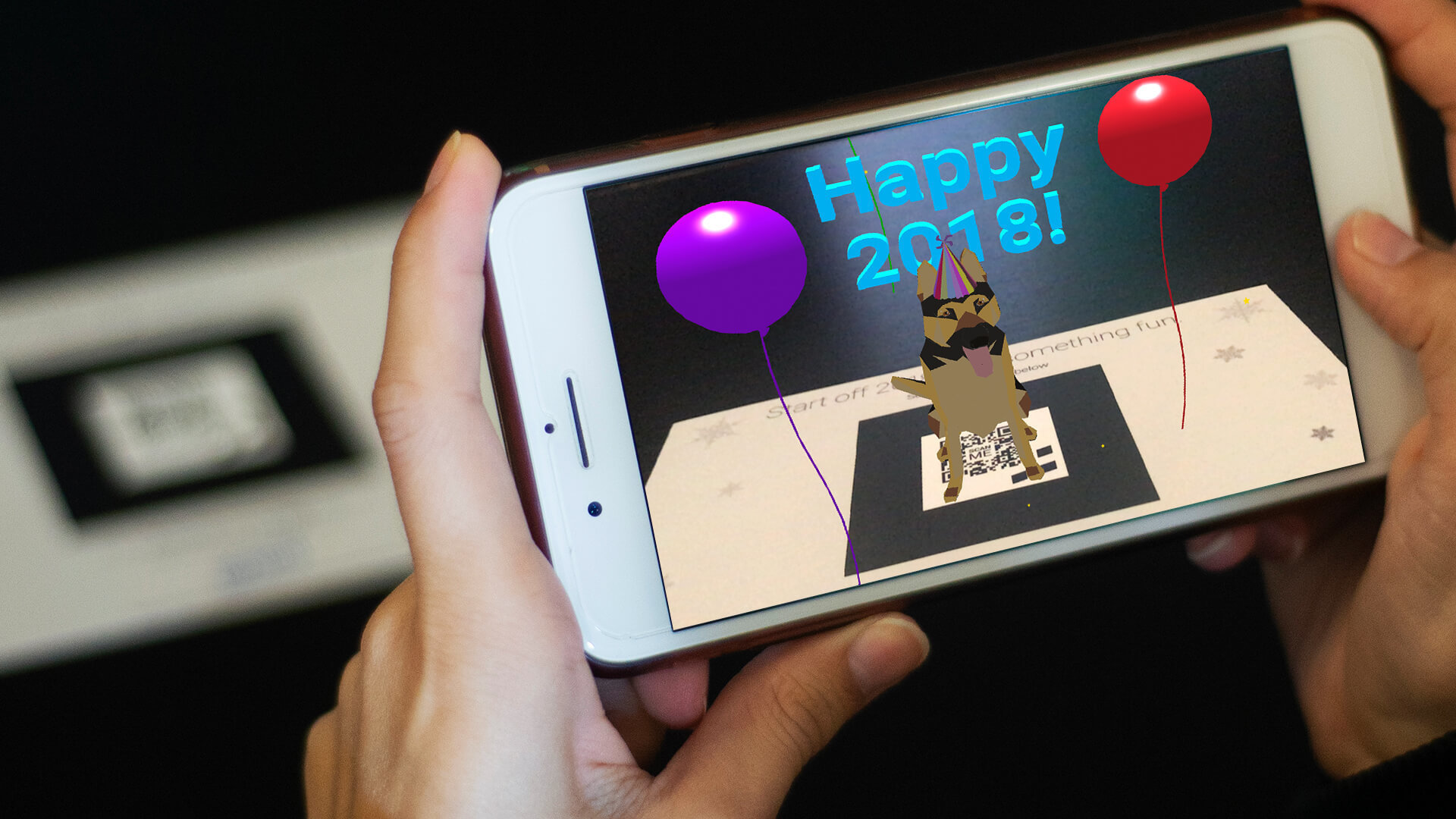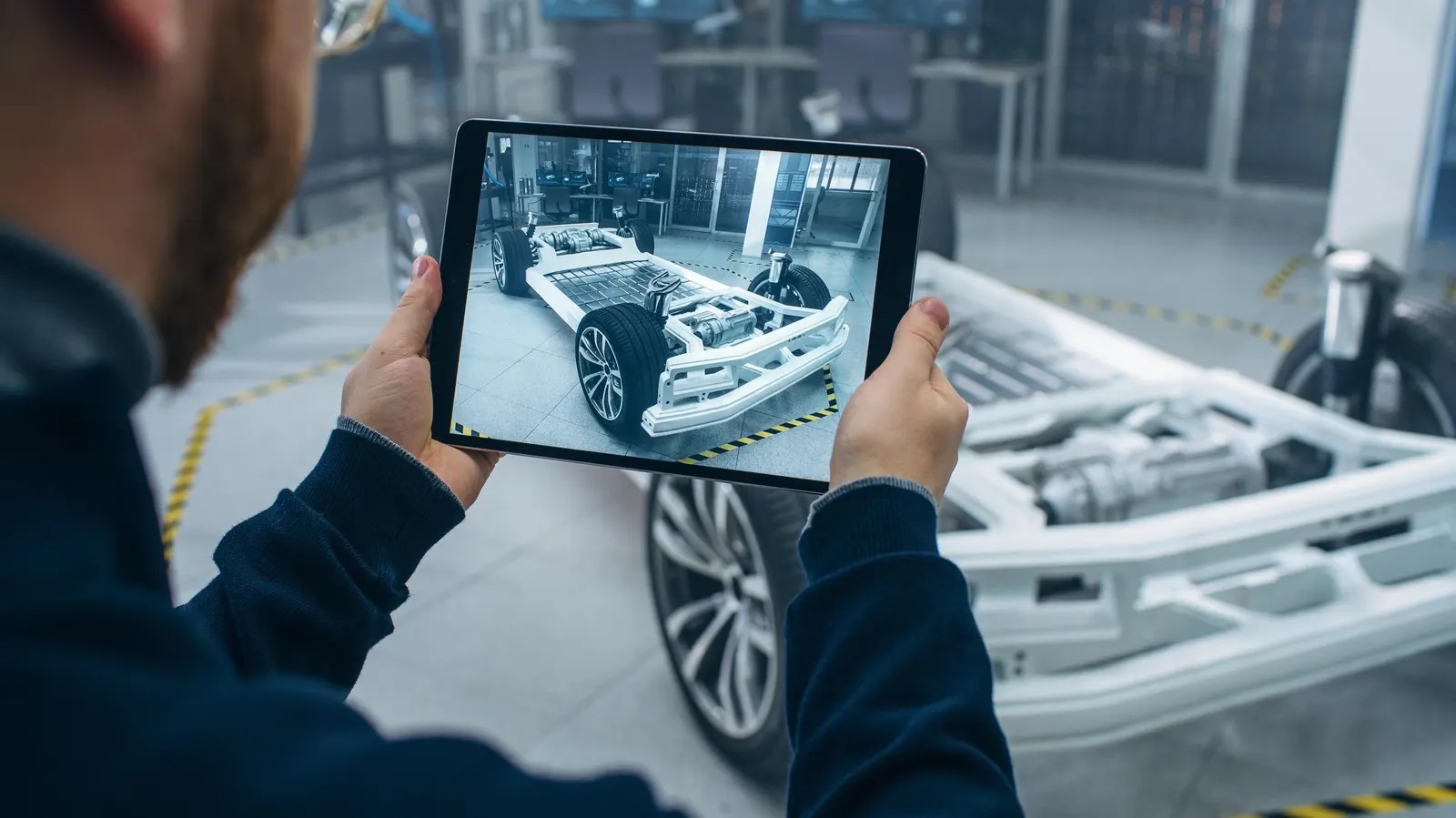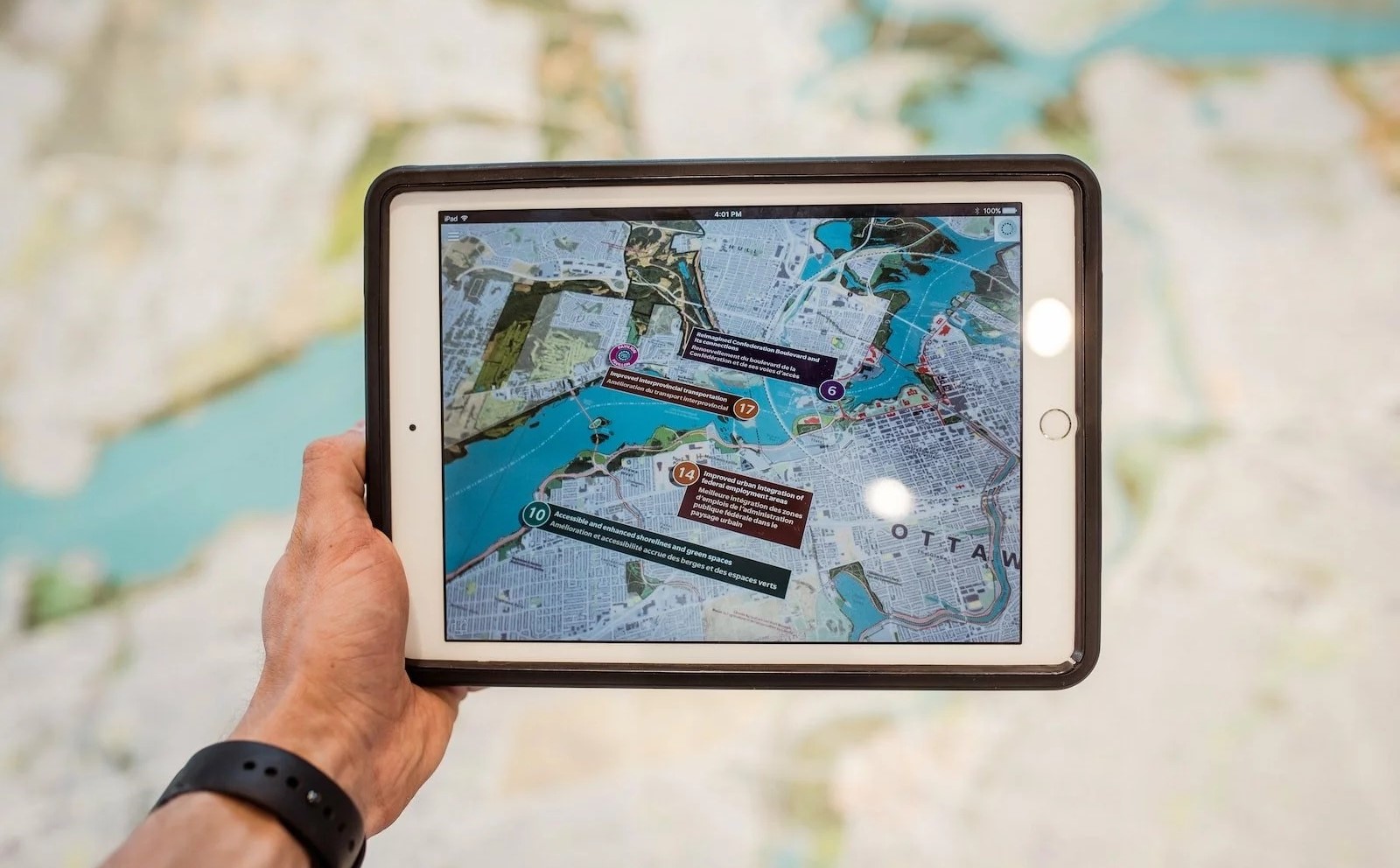Home>Latest News>Technology Trends>The Power of Augmented Reality Advertising


Technology Trends
The Power of Augmented Reality Advertising
Modified: September 5, 2024
Discover the latest technology trends in advertising with the power of augmented reality. Stay ahead of the curve and engage your audience like never before.
(Many of the links in this article redirect to a specific reviewed product. Your purchase of these products through affiliate links helps to generate commission for Techsplurge.com, at no extra cost. Learn more)
Table of Contents
The Power of Augmented Reality Advertising
In marketing and advertising, one technology stands out as a game-changer: Augmented Reality (AR). This technology transforms how brands engage with customers, creating immersive experiences that bridge the physical and digital worlds. This article explores AR advertising, its benefits, applications, and future directions.
The Rise of Augmented Reality
Augmented Reality overlays digital content onto the real world, enhancing our perception by adding digital elements to what we see, hear, and experience. Unlike Virtual Reality (VR), which immerses users in entirely digital environments, AR enhances the real world with digital information, creating a seamless fusion of physical and digital realms.
Historical Context
The concept of AR has existed since the 1960s, but the term "Augmented Reality" was first coined in the 1990s. Since then, AR technology has been developed and refined by various industries, including NASA, sports entertainment, retailers, and corporations like Google and Microsoft.
Current Applications
Today, AR is utilized in a wide range of applications, from retail and fashion to automotive and healthcare. In marketing and advertising, AR presents a unique opportunity to create engaging experiences that capture consumers' attention and drive higher engagement rates.
Benefits of AR Advertising
Read more: The Advantages of Augmented Reality
Enhanced Customer Experience
AR advertising enhances the shopping experience by allowing customers to visualize products in a more realistic and engaging way. For instance, IKEA's AR app enables customers to see how furniture will look in their own homes before making a purchase, reducing the chances of post-purchase regret.
Increased Engagement
By offering interactive elements like 3D animations, videos, and gamification, AR ads can capture users' attention for longer periods. This interactivity not only drives higher engagement rates but also provides a more memorable experience for customers.
Personalization
AR technology enables advertisers to create personalized experiences for users. For example, an AI-powered AR app can suggest clothing styles based on the user's preferences and body type, enhancing the shopping experience and improving customer satisfaction.
Higher Conversion Rates
The immersive nature of AR experiences can lead to higher conversion rates. By allowing customers to interact with products in a tangible way, AR reduces the likelihood of return rates and enhances customer satisfaction. This is particularly evident in the fashion and beauty industries where virtual try-on experiences are becoming increasingly popular.
Read more: Augmented Reality Business Card
Brand Differentiation
In a crowded marketplace, AR provides a unique way for brands to differentiate themselves from competitors. By creating memorable and engaging experiences, brands can build a stronger emotional connection with their customers, setting them apart from the competition.
Applications of AR in Advertising
Interactive Advertising Campaigns
Brands are leveraging AR to launch interactive advertising campaigns that capture attention and encourage user engagement. For example, Pepsi's "Pepsi Max Unbelievable Bus Shelter" campaign surprised and delighted commuters by displaying unbelievable scenarios blurring the line between reality and fantasy.
Virtual Product Demonstrations
AR can be used to create virtual product demonstrations, particularly effective for companies with complex or expensive products that are difficult to transport to events. This not only saves on transportation costs but also allows companies to showcase the full capabilities of their product in a way that would not be possible with a physical product.
Read more: The Power of Android Augmented Reality
Location-Based Experiences
AR can be used to create location-based experiences where users can point their smartphones at a particular location and see AR content related to that place. For instance, Pokémon GO turned the real world into a playground for users, blending digital creatures with physical locations and increasing foot traffic to businesses that became in-game locations.
Virtual Try-On
AR is revolutionizing the fashion and beauty industries by providing virtual try-on experiences. Customers can see how a product looks on them before making a purchase, helping them make more informed decisions and reducing return rates.
3D Product Showcases
AR can be used to create 3D product showcases that allow customers to visualize products from different angles. This enhances the shopping experience and provides a more detailed understanding of the product, reducing the likelihood of post-purchase regret.
Challenges and Considerations
Accessibility and Device Compatibility
AR experiences depend on the availability of AR-enabled devices such as smartphones and smart glasses. Brands need to consider whether their target audience has access to these devices and whether their AR campaigns are compatible with various devices.
Content Creation Costs
Developing high-quality AR content can be expensive, requiring specialized skills and software. Smaller businesses may face budget constraints when implementing AR marketing campaigns, which can limit their ability to create sophisticated AR experiences.
Privacy and Data Security
AR marketing often involves collecting user data to personalize experiences. Brands must prioritize privacy and data security to ensure customer trust and compliance with data protection regulations.
User Adoption and Engagement
AR experiences should be user-friendly and genuinely enhance the customer experience. If they are too complex or gimmicky, users may lose interest, and the marketing effort may backfire. Brands need to ensure that their AR campaigns are intuitive and provide value to the user.
Read more: The Power of Augmented Reality Technology
Measuring ROI
Measuring the return on investment (ROI) of AR marketing can be challenging. Brands need to develop metrics and analytics tools to track the effectiveness of their AR campaigns accurately, ensuring that the investment in AR technology is justified.
Future Directions of AR Marketing
Integration with Artificial Intelligence (AI)
AI can enhance AR marketing by providing real-time recommendations and personalization. For example, an AI-powered AR app can suggest clothing styles based on the user's preferences and body type, further enhancing the shopping experience.
Augmented Reality in E-Commerce
E-commerce platforms will likely integrate AR features seamlessly, allowing customers to virtually try on clothing, visualize home decor, and test products before purchase. This will reduce return rates and enhance customer satisfaction.
Read more: The Power of Augmented Reality in Marketing
AR in Social Media
Social media platforms will continue to embrace AR, offering more interactive and immersive experiences for users. This integration will enable brands to create engaging content that resonates with their target audience, driving higher engagement rates and conversion rates.
Augmented Reality advertising is transforming how brands engage with their customers, offering a unique blend of interactivity and immersion. By utilizing AR technology, brands can create memorable experiences that capture attention, drive higher engagement rates, and ultimately lead to higher conversion rates. While challenges and considerations exist, the potential of AR marketing is immense, and its future directions look promising. As technology continues to advance, expect to see the use of AR in marketing grow and become an integral part of marketing strategies across various industries.
The power of AR advertising lies in its ability to bridge the gap between the physical and digital worlds, creating a seamless fusion of reality and digital information. By adopting this technology, brands can differentiate themselves from competitors, build stronger emotional connections with their customers, and drive meaningful engagement and conversions. As we move forward in this digital age, AR advertising is poised to play a significant role in shaping the future of marketing and advertising.

